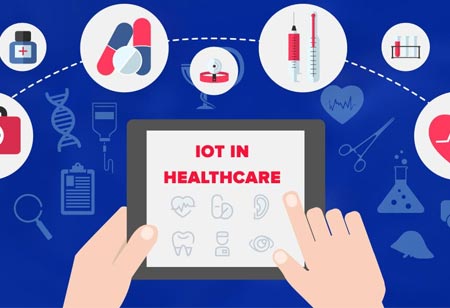THANK YOU FOR SUBSCRIBING
Five Benefits of IoT in the Healthcare Sector
IoT can help better understand what condition a patient is in and act accordingly. The information gathers enables doctors to identify the changes and directly resolve issues without waiting for symptoms to become evident.

By
Apac CIOOutlook | Monday, December 20, 2021
Stay ahead of the industry with exclusive feature stories on the top companies, expert insights and the latest news delivered straight to your inbox. Subscribe today.
IoT can help better understand what condition a patient is in and act accordingly. The information gathers enables doctors to identify the changes and directly resolve issues without waiting for symptoms to become evident.
Fremont, CA: Healthcare is among the most vital industries. However, because of the level of responsibilities, rigid regulations and sophistication, innovations are taking some time before it gets entirely adopted. Also, the COVID-19 pandemic has exposed vulnerabilities and inefficiency in this domain, but fortunately, the Internet of Things (IoT) might be the technology that will provide an answer to resolving such issues in the healthcare industry.
Here are five benefits of implementing IoT in the healthcare sector:
Increased mobility and alert of hospital staff
IoT tracking systems instantly alert healthcare professionals when essential changes in patients’ parameters happen, immediately identifying patients who need help and offer assistance quickly.
Personal data is securely transmitted directly to the doctor
The information of patients is confidential, and only the attending doctor will be able to see it as information is transferred directly from one device to another.
Accelerated processing of patient data
IoT can help doctors process various information within minutes. Also, IoT integrated with AI and ML can provide potential treatment options.
IoT improves the capabilities of preventive medicine
IoT can help better understand what condition a patient is in and act accordingly. The information gathered enables doctors to identify the changes and directly resolve issues without waiting for symptoms to become evident. Thus, the application of neural networks for data analytics along with IoT data work exceptionally for this purpose.
Low risk of error and miscalculation due to the human factor
IoT can eliminate human error, particularly avoid checks and balances, and provide maximum diagnostic accuracy.
Check out: Top Tech Solutions for Healthcare





